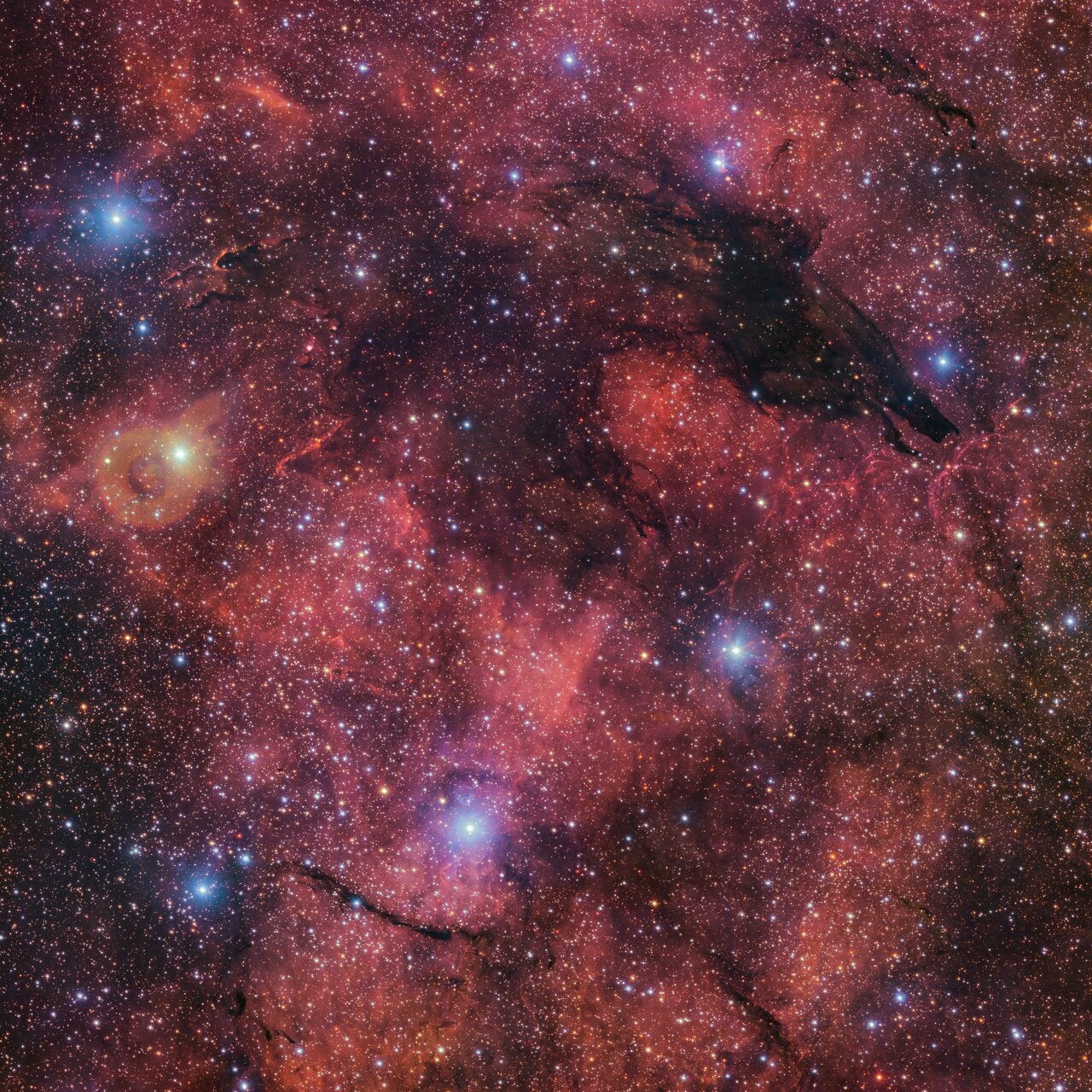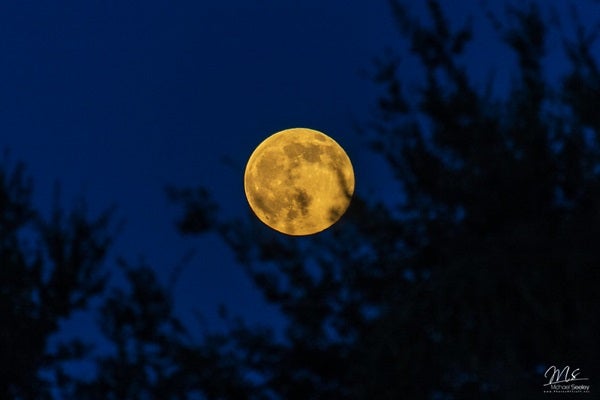
The Firefly Sparkle Galaxy appears in this artist’s rendering as it might appear without the distortions caused by gravitational lensing. Credit: Illustration: NASA, ESA, CSA, Ralf Crawford (STScI); Sciences: Lamiya Mowla (Wellesley College), Guillaume Desprez (Saint Mary’s University)
Gravitational lensing (an effect that causes distant objects to be magnified or stretched by the gravity of a large object in their line of sight) is one of astronomers’ most useful observing tools. In work published earlier this month, a team of astronomers and the James Webb Space Telescope (JWST) used this technique to their advantage to detect and resolve an unprecedented discovery: a young, lightweight lookalike of the Milky Way that is still actively training.
This galaxy existed when the universe was only 600 million years old, just 5% of its current age. What makes this particular galaxy so extraordinary is that most galaxies found around this time are much more massive. Another striking feature of this galaxy is that it sports 10 sparkling star clusters, which has given the galaxy its whimsical name: Firefly Sparkle Galaxy.
“I didn’t think it would be possible to break down a galaxy that existed so early in the universe into so many distinct components, let alone discover that its mass is similar to that of our galaxy when it was forming,” said Lamiya Mowla , co-author of the study and assistant professor at Wellesley College in Massachusetts, in a press release. “There is so much going on inside this little galaxy, including so many different stages of star formation.”

Work backwards
The Firefly Sparkle was previously imaged by the Hubble Space Telescope and the Keck Observatory, but was tracked using the power of gravitational lensing and multi-wavelength data from JWST’s CAnadian NIRISS Unbiased Cluster Survey (CANUCS). The role of the lens was played by the massive galaxy cluster called MACS J1423.8 + 2404, which is located between us and Firefly Sparkle.
“Without the benefit of this gravitational lensing, we would not be able to resolve this galaxy,” said Kartheik Iyer, one of the study’s lead authors, in a press release. “We knew to expect it based on current physics, but it’s surprising that we actually saw it.”
In the team’s paper, published in Nature on December 11th they created a model to “undo” visual distortions from the lens. It turns out that Firefly Sparkle’s original form appears like an elongated raindrop; its stars have not yet settled into either the central bulge or a thin disk. In other words, the galaxy is still forming.
Sparkling fireworks
The 10 distinct star clusters appear in various shades of pink, purple and blue. This indicates that the stars within them have different ages and formed at different times, a conclusion supported by analysis of their spectra. “Each group of stars is going through a different phase of formation or evolution,” said Chris Willow, co-author and principal investigator of the observing program.
The team also discovered that Firefly Sparkle has two galactic companions (with equally playful names of Firefly-Best Friend and Firefly-New Best Friend) who are simply “hanging out,” as the press release states. One is just 6,500 light-years away from the Firefly Sparkle and the second is 42,000 light-years away. The interactions between the three systems are what the galaxy needs to trigger star formation and cause the gas to condense, cool and form clumps.
Astronomers don’t know how the Firefly Sparkle will evolve over the next billion years. But in the cosmic period in which we observe the firefly spark, the Milky Way-like progenitors of the galaxy were about 10,000 times less massive than the current Milky Way. It is hoped that with the collaboration of observatories and investigations, researchers can discover other similar light galaxies. These types of discoveries can tell us more about the early formative stages of galaxies similar to our Milky Way.

